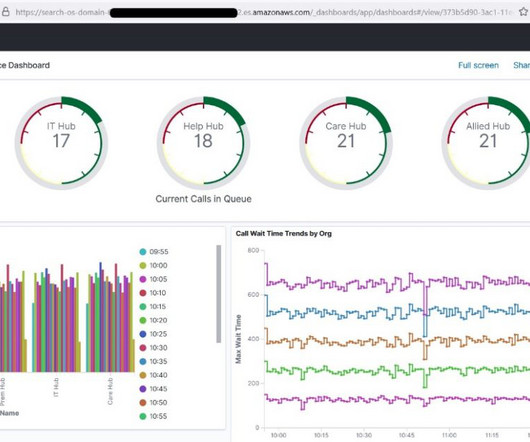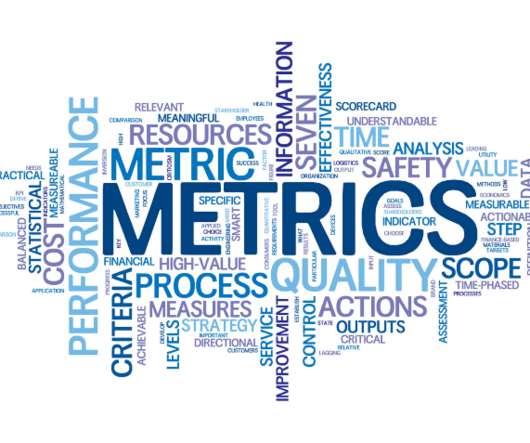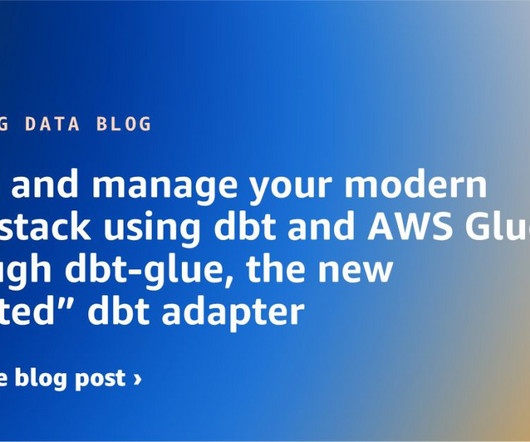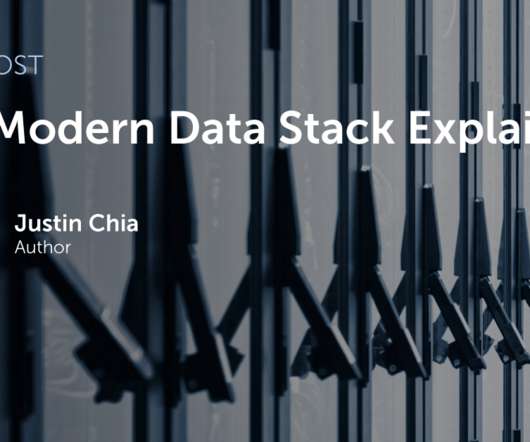Modernize a legacy real-time analytics application with Amazon Managed Service for Apache Flink
AWS Big Data
OCTOBER 11, 2023
Traditionally, such a legacy call center analytics platform would be built on a relational database that stores data from streaming sources. Data transformations through stored procedures and use of materialized views to curate datasets and generate insights is a known pattern with relational databases.



















Let's personalize your content